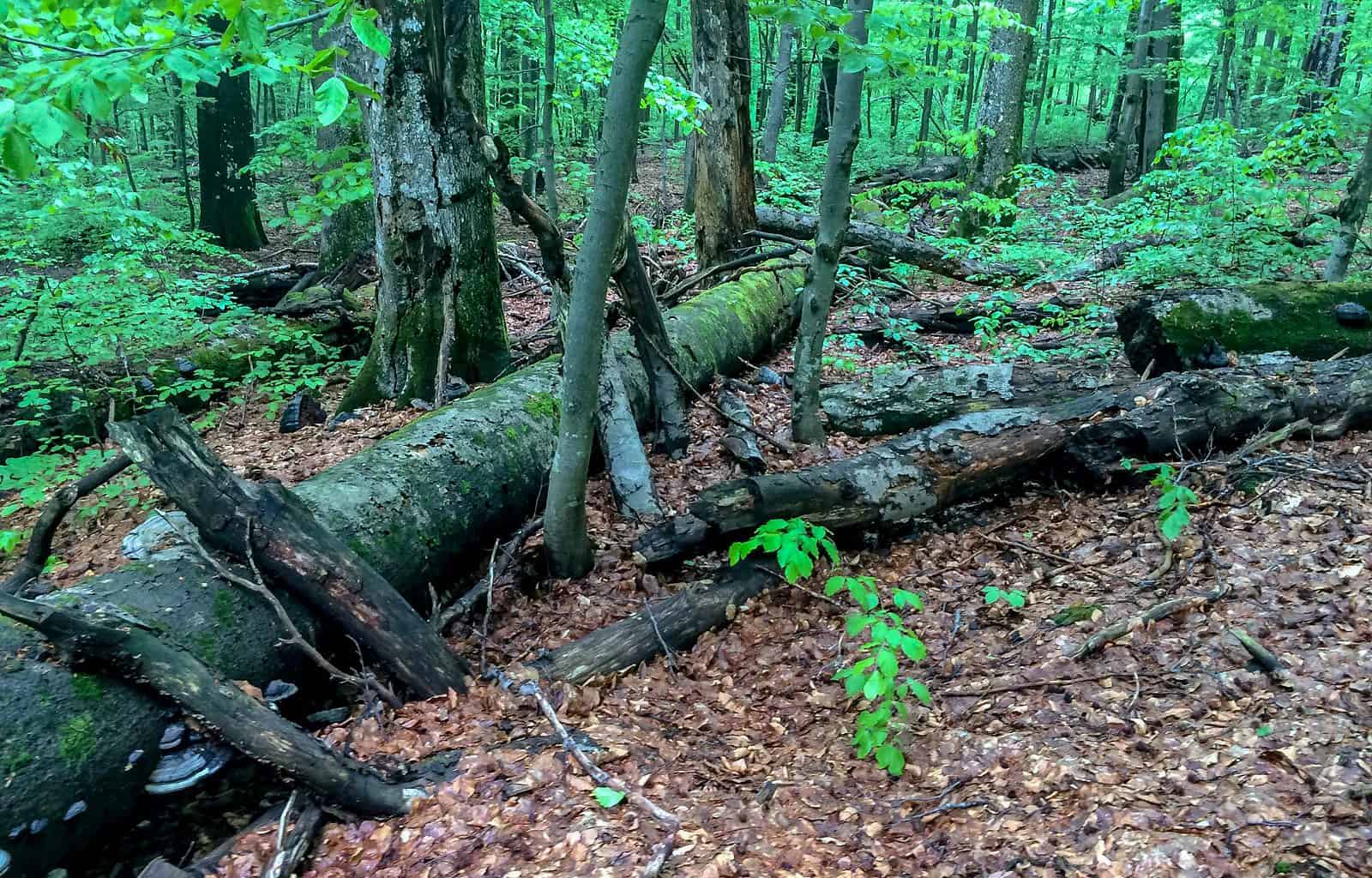Learn about wetlands, rivers and their connection to climate change
Young people from Italy, Germany, Slovenia, Ukraine and Austria got to know from the experts of the European Wilderness Society about the importance of wetlands for biodiversity and, especially, climate change in an intense outdoor workshop. The workshop was held in September close to a river in St. Andrä and Tamsweg, in Salzburg, Austria. The participants were divided into 4 groups of approximately 15 people each.
What is the definition of wetlands?
In a theoretic session, the young people learned about the definition of wetlands, which is a transition ecosystem between terrestrial and aquatic and is seasonally or permanently flooded by water. This leads to the fact that the soil is usually low in oxygen which results in unique plant and animal species. Kids were asked for examples of such species and they listed: moss, algae, amphibians, some insect and bird species, mangroves and pond lilies. Wetlands can be either coastal or inland, e.g. swamps (permanent water & trees), marsh (periodically flooded, mostly grass) or bog/moor/fen (colder climate wetland filled with vegetation, peat-forming).
How the use of wetlands affects biodiversity and climate
Afterwards, the importance of peat and its current uses were explained to the youngsters. Peat has been used by people for hundreds and thousands of years for the production of energy or plant nursery. Huge peatland areas have been dried, not only to extract peat, but also to use the land for other purposes like dry soil forests, agricultural land or urban land.
The young people were asked how all of this affects the wetlands and their biodiversity. They came to the conclusion that all these actions lead to a loss of unique biodiversity, CO2 emission of carbon that was previously stored in the system and a loss of the whole system, which cannot be restored easily and quickly.
Wetlands are especially connected to climate change. Peats store carbon and if all CO2 currently stored were to be released, this would amount to 860 million tons of carbon! Wetlands also store water and regulate water flow. Paired with more weather extremes caused by climate change, their destruction could cause ecological damage to entire ecosystems. Peat fires can also become dangerous for humans in a drier and hotter climate. Therefore, it is really important to protect and restore wetlands, as well as to improve green transport and energy.
DIY experiments
After getting to know all these facts about wetlands, the young people were guided outdoors to experience an intact wetland and river system first-hand at the river Taurach in the Lungau. The whole of Lungau is a UNESCO Biosphere reserve with special animal and plant species. Verena Gruber, an expert from the Biosphere reserve, was also with us, telling the young people many things about this special region.
Finally, the youngsters recreated experiments by themselves to experience the functions of wetlands. For the experiments, only plastic bottles, sponges, as well as clean and dirty water were needed. The sponge was serving as a “wetland”, put on top of the bottle. Then it was poured over with water, showing impressively the water storage capacity of this system. It was also shown, when pouring dirty water on the sponge, that cleaner water came out below the sponge. Hence, wetlands have also a great filtering function. When the “wetland-sponge” was covered with paper pieces, representing human interventions like houses, streets or parking lots, the water poured over was just overflooding.
At the end of the day, the young people and the experts were happy about the very successful workshops and exchanges on wetlands. The youngsters got many take-home-messages to bring back to their home countries. For more information about our engagement on wetlands, read here.







